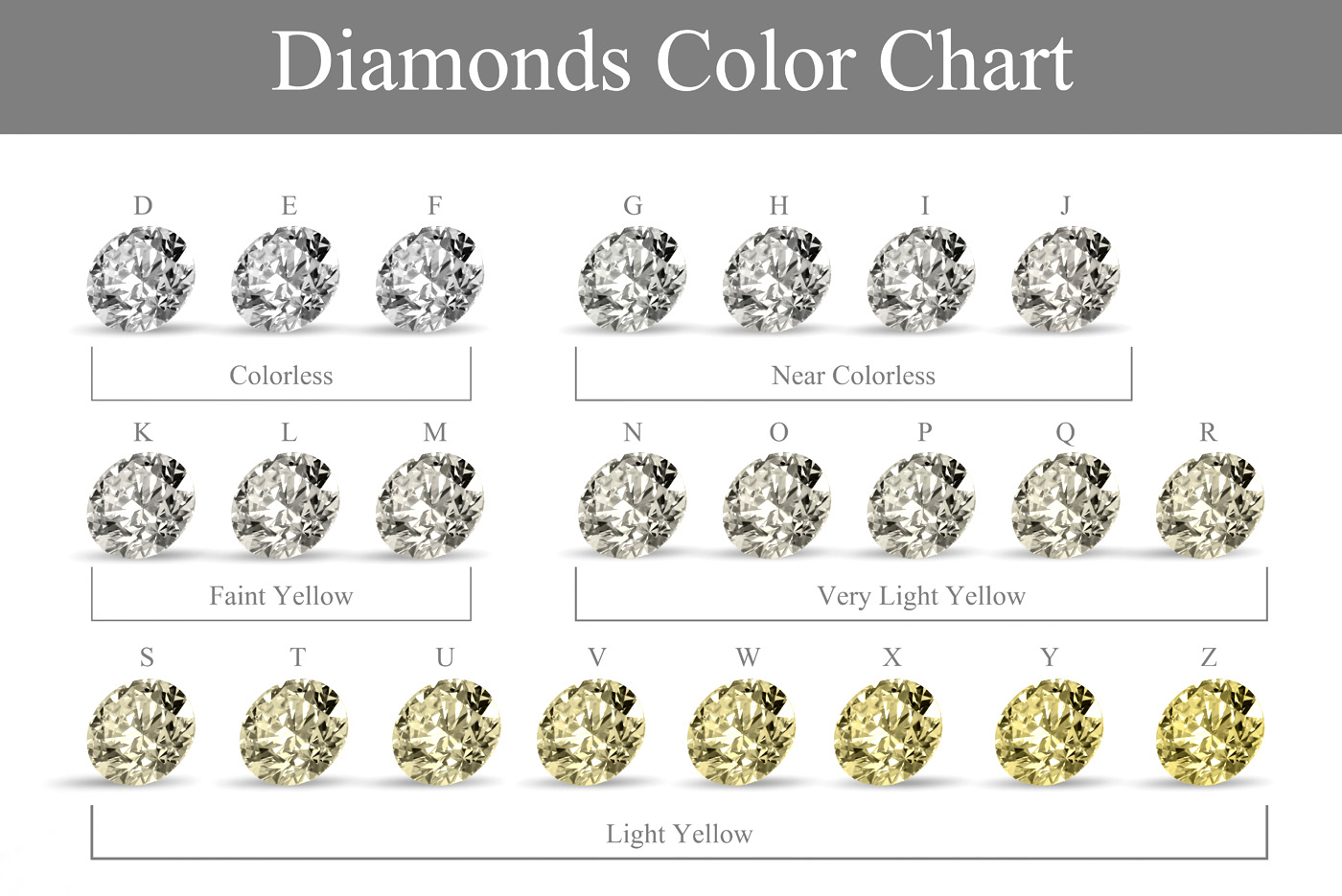Education
Birthstones
- January: Garnet
- February: Amethyst
- March: Aquamarine
- April: Diamond
- May: Emerald
- June: Alexandrite
- July: Ruby
- August: Peridot
- September: Sapphire
- October: Pink Tourmaline
- November: Citrine
- December: Blue Topaz
Measuring Stones
- Round-Shaped Stones: Measured across the widest point.
- Oval-Shaped Stones: Measured vertically from the top point to the bottom, and across the widest part.
- Marquise-Shaped Stones: Measured from the top point to the bottom point, and across the widest part.
- Emerald-Shaped Stones: Measured vertically from the top to the bottom, and across the widest part.
- Triangle-Shaped Stones: Measured vertically from the base to the point.
- Princess-Shaped Stones: Measured vertically from the top to the bottom and horizontally from side to side.
- Pear-Shaped Stones: Measured from the top to the bottom, and across the widest part.
- Baguette-Shaped Stones (Straight): Measured from the top to the bottom, and across the widest part on straight baguettes.
- Baguette-Shaped Stones (Tapered): Measured from both end widths on tapered baguettes.
Traditional Wedding Band Sizing
The most important issue in Traditional Wedding Band order sales is the Finger Sizing. Please take extra time in sizing your customer’s wedding band. Unique Settings New York have made it to get it right the first time. All Unique Settings New York rings are sized above the marker line on a traditional sizing mandrel. When wider mm rings are considered, please know that they do tend to fit tighter, so please make allowances for this issue to prevent any discomfort.
4C’s of Diamonds
Cut
This is probably the most important C’s in defining a diamond. The cut has the greatest effect on a diamond’s beauty. The more the precision of the cut, the greater is the effect of brilliance and sparkle, as the angles of the light entering and exiting is affected by it.
Color
The color of the Diamonds varies dramatically. The range occurs between colorless grade to yellow tints even in light brown. The closer you get into the colorless category, the better performance you will get from the diamond. Thus, the prices tend to go up hand in hand in this direction. Other colors such as yellow, black, or even pink color diamonds are considered as in the "Fancy” category.
Clarity
Within each diamond, natural inclusions and blemishes may occur. Inclusions appear inside the stones as blemishes appear on the surfaces. The amount of these occurrences determines the clarity of the diamonds and they are categorized as per these clarity indexes.
Carat
Carat is the identifier of the size of the diamond as it is the physical weight measured in metric units. One may think that the bigger the diamond will identify it as more expensive, however the other properties described above have all a combined effect on grading a diamond’s true value.
Wax Adjustment
Most of the rings that are "in-stock items” can also be adjusted to accommodate your needs. Opening Channels, Adjusting Center Sizes, Converting into Euro-Shanks, Plugging Channels and Adding Shanks are just a few examples. These are all done at the Wax Adjustment step. For those models that have CAD Drawing, these steps are done in the computer, prior Printing the 3D Waxes.
Gemstones
Gemstones are usually referred to those colored stones found naturally, or in some cases enhanced with heat treatments. They are found virtually in every color imaginable and they usually are used for commemorating special occasions since the ancient history. A gemstone’s color is described by its natural hue and tone. Gemstones are described in their sizes of millimeters, rather than in their weight, like diamonds are. Tanzanite, Amethyst, Topaz, Opal, Emerald, Ruby, Quartz, Garnet, Ruby, Peridot, Sapphire, Aquamarine, Citrine, Alexandrite and Tourmaline are all just a few of popular gemstones that are widely known and used in jewelry. Pearls are also considered as gemstones in most cases, although they do vary within their own family.
Metals
The most popular metal used in jewelry is Gold. With specific mixtures, you can get Rose (Pink) Gold, Yellow Gold and White Gold choices. Other popular metals are, Platinum, Palladium and Silver. Today, there are also some alternative metals used in the jewelry industry. Some of these are Cobalt, Tungsten, Titanium, and Stainless Steel. Although these metals are preferred for more affordable choices in terms of their metal values, some designer pieces may be more valuable than the pieces in gold, or platinum. Almost all metal types we mentioned here do also come in various surface finish options. We urge you to check our Services Tab and look under the Finishing Options Line to learn more about them.
For any other questions or concerns about jewelry education and information, you can always get in touch with our highly trained customer service representatives as they will be glad to assist you for your needs.

